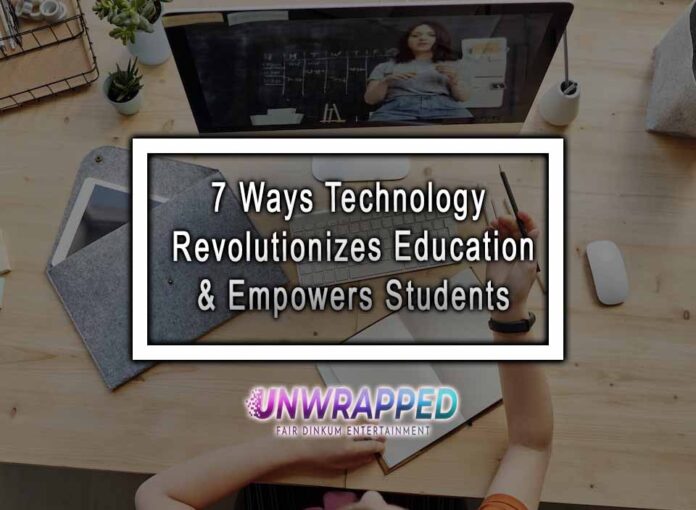Title: Embracing the Digital Classroom Revolution: The Role of Technology in Education
Technology has become an integral part of our lives, transforming the way we work, communicate, and even learn. In the realm of education, technology has ushered in a new era of possibilities, offering innovative tools and resources that enhance the learning experience for students of all ages. From interactive learning platforms to virtual reality simulations, the impact of technology on education is undeniable. In this listicle, we explore seven exciting ways in which technology is revolutionizing education and empowering students to reach new heights.
1. Personalized Learning
In the traditional classroom setting, students often have different learning styles, paces, and strengths. Technology enables personalized learning, allowing educators to tailor instruction to individual needs. Adaptive learning software, intelligent tutoring systems, and data-driven insights help create personalized learning paths, ensuring that students receive targeted support and progress at their own pace.
2. Access to Global Resources
Technology has eliminated geographical barriers in education. Students can now access a vast array of online resources, research materials, and educational platforms from anywhere in the world. With just a few clicks, they can explore diverse perspectives, connect with experts, and access up-to-date information, enriching their learning experiences beyond what traditional textbooks alone can offer.
3. Collaboration and Communication
Technology has transformed the way students collaborate and communicate with their peers and teachers. Online platforms, discussion forums, and video conferencing tools enable seamless collaboration on group projects, irrespective of physical distance. Students can exchange ideas, receive feedback, and work together in real-time, fostering a sense of community and enhancing their critical thinking and teamwork skills. Additionally, ai chatbots for schools and other educational institutions are becoming valuable tools in this domain. They can be used to answer common questions about assignments, schedules, and school policies instantly. As such, they often help enable clear communication with the student community.
4. Gamification of Learning
Integrating elements of gamification into education has proven to be highly engaging and effective. Educational games, interactive quizzes, and gamified learning platforms make the learning process more enjoyable and immersive. By incorporating game-like features such as rewards, leaderboards, and progress tracking, technology motivates students to actively participate, boosts their retention, and instills a sense of achievement.
5. Virtual Reality and Augmented Reality
Virtual Reality (VR) and Augmented Reality (AR) technologies have revolutionized the way students experience and interact with educational content. VR simulations allow students to explore historical landmarks, travel to distant galaxies, or dissect virtual organisms, bringing complex concepts to life. AR enhances classroom activities by overlaying digital information on the real-world environment, providing interactive and immersive learning experiences.
6. Enhanced Assessment Methods
Technology has transformed traditional assessment methods, offering more accurate, efficient, and comprehensive ways to evaluate student performance. Online quizzes, automated grading systems, and data analytics enable educators to gain insights into students’ progress, identify areas of improvement, and provide targeted feedback. Additionally, technology facilitates formative assessments, allowing for immediate feedback and adaptive learning strategies.
7. Remote and Online Learning
In the wake of the COVID-19 pandemic, remote and online learning became crucial for educational continuity. Technology played a pivotal role in enabling virtual classrooms, video conferencing, and remote collaboration tools, ensuring that students could continue their education from the safety of their homes. Remote learning also offers flexibility, allowing students to access educational resources and participate in courses that may not be available locally.
Title: Empowering Education Through Technology: Unlocking New Frontiers of Learning
As technology continues to advance, its impact on education will only grow stronger. From personalized learning experiences to global connectivity, technology empowers students, expands their horizons, and prepares them for the digital age. By embracing the digital revolution in education, we can create a future where every student has access to quality education and the tools they need to succeed. Let us embrace the boundless possibilities of technology and shape a brighter future for education.
Discover Today: How Technology Has Changed the Way We Work and Earn Money










